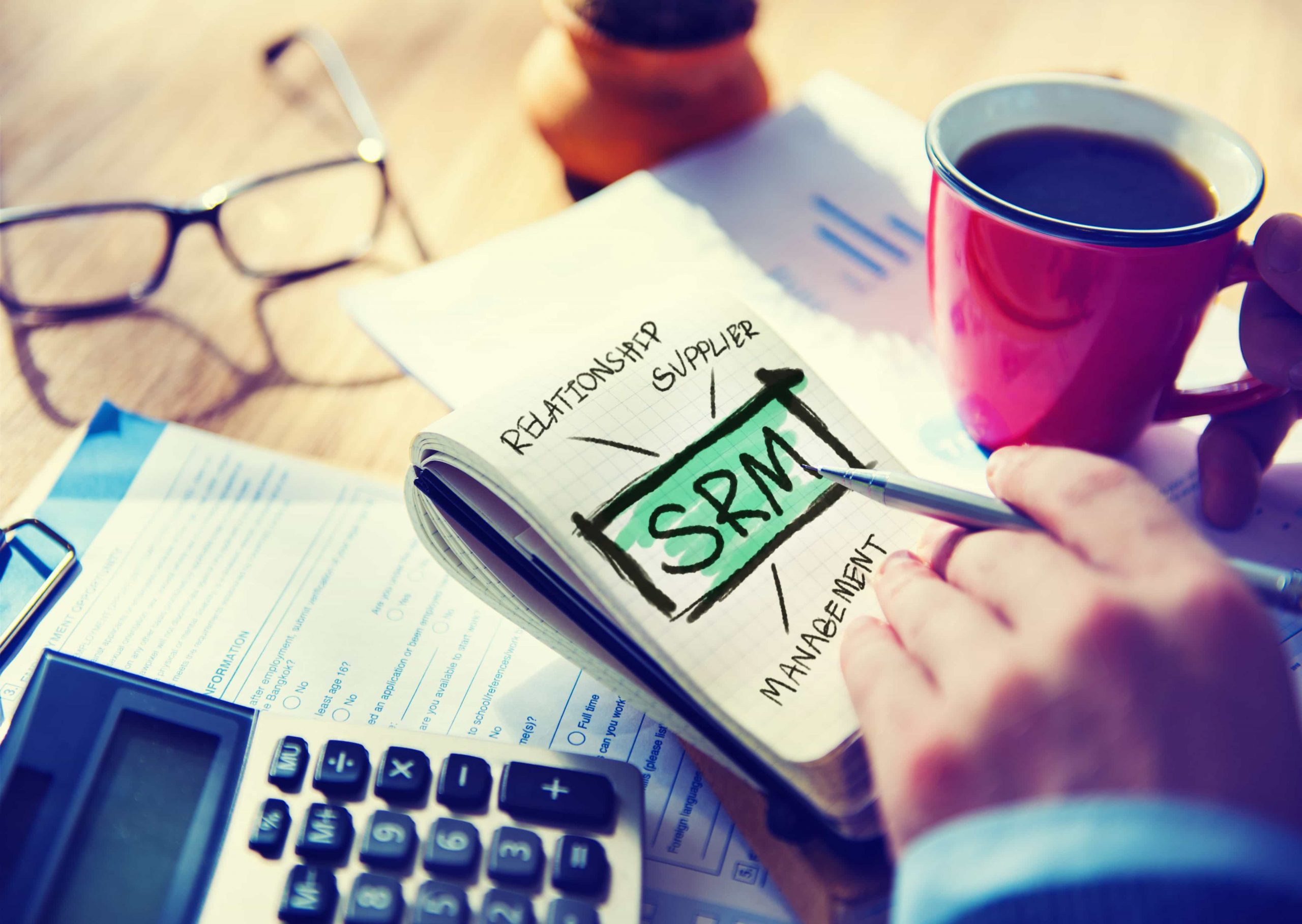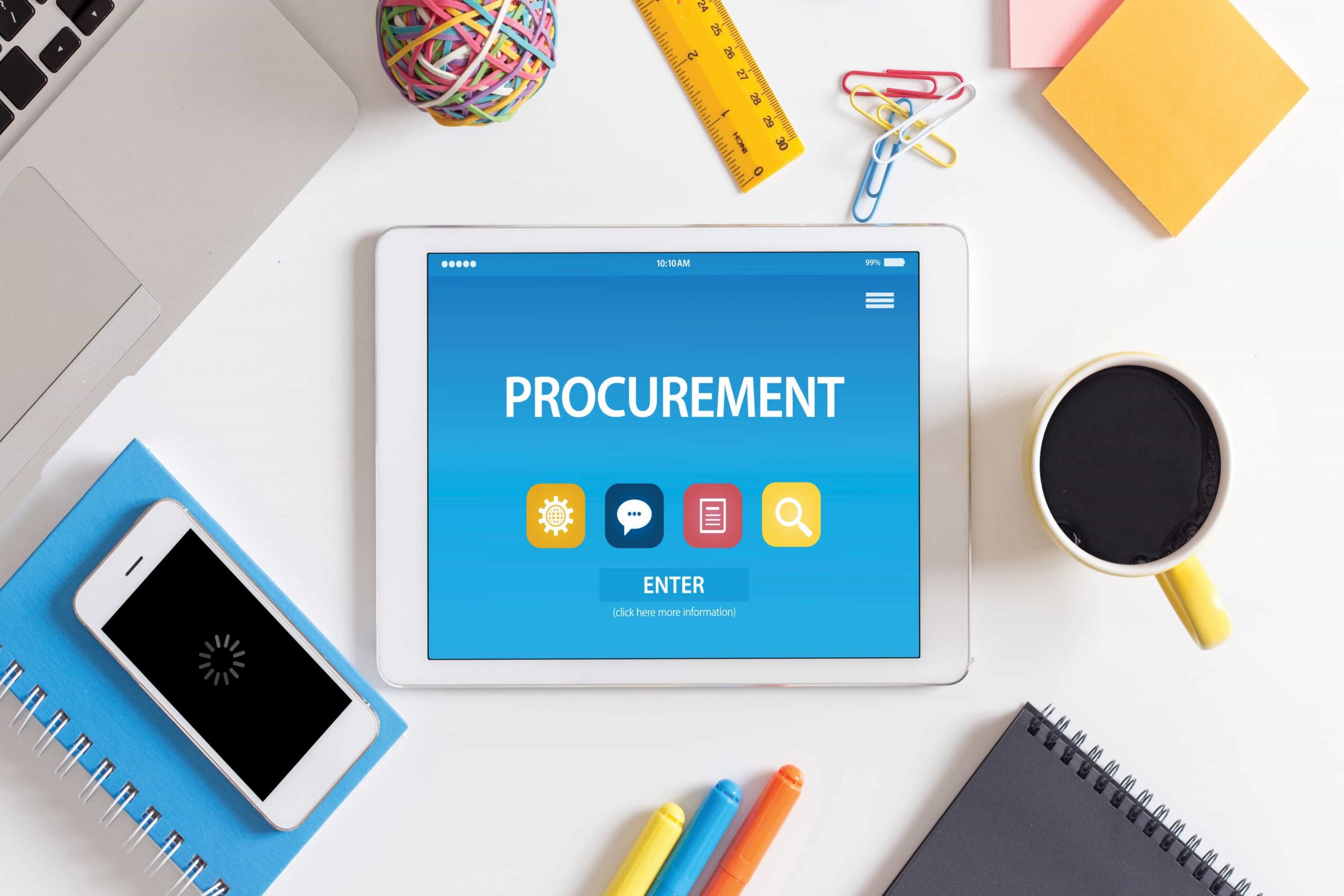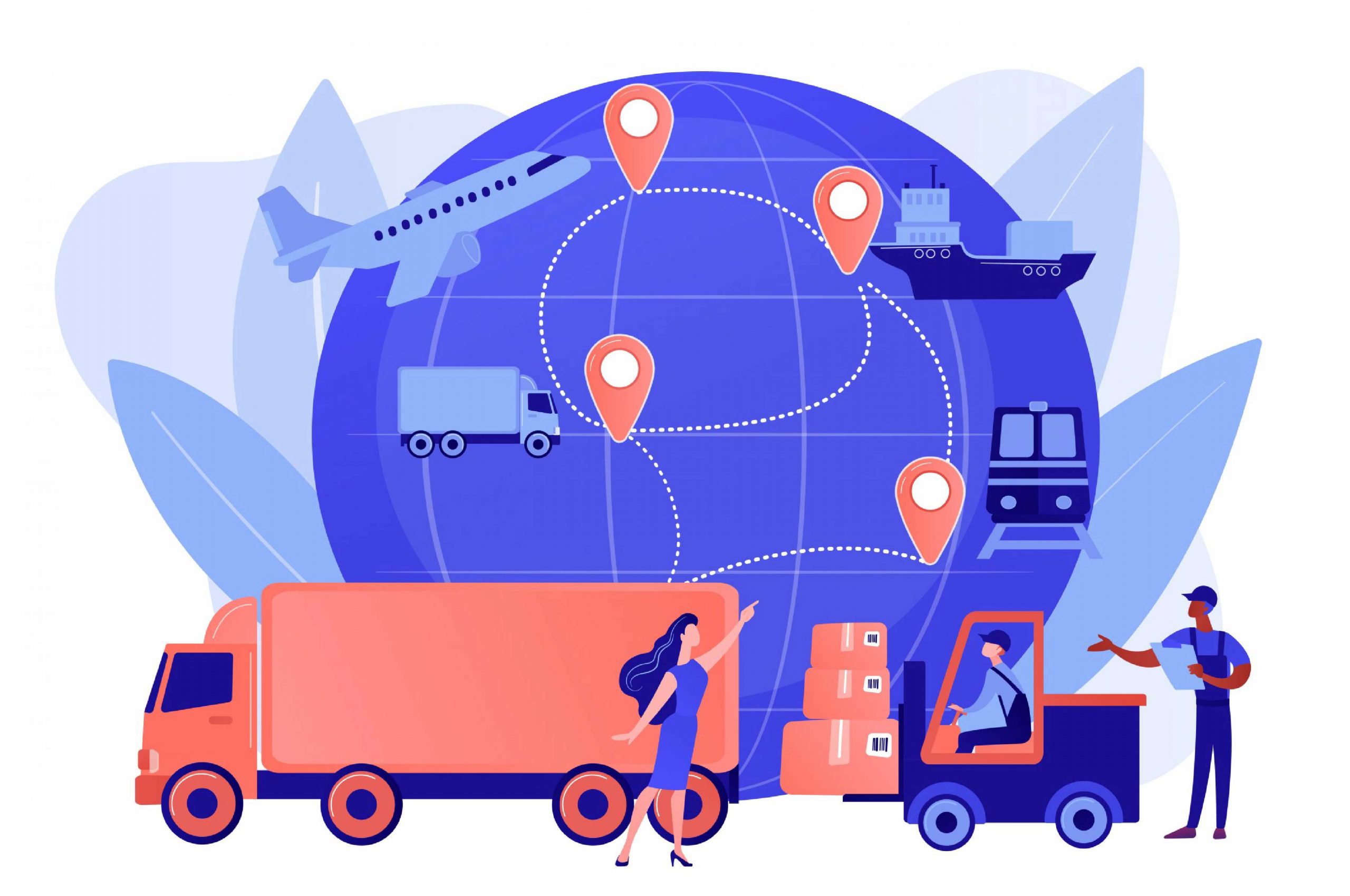Direct Procurement: The 6 Key Differences of Direct vs Indirect Procurement
Business | August 23, 2022 | By
Direct Procurement
The procurement process is categorized into Indirect and Direct Procurement. It comprises Request for Purchase (RFP), Request for Quotation (RFQ), Quotation negotiation & selection, Purchase Order (POs) release, Material tracking, Goods Receipt, and Invoice payments.
What is Direct Procurement?

Direct procurement is the sourcing and procurement of goods that go directly into a product. For instance, in an automotive plant the chassis, tires, alloy wheels, seats, instrument clusters, etc., are the direct materials that go into the production of a car. Direct procurement accounts for about 65-80% of the Cost of Goods Sold (COGS).
 What is Indirect Procurement?
What is Indirect Procurement?
Indirect procurement is related to operating processes and maintenance in an organization. For example, purchasing office supplies or printing materials are indirect procurement or spending as they are not directly associated with manufacturing. It is widely categorized as Utilities, Facilities, Marketing, Office Supplies, Technology Purchases, Human Resources, Travel, and Outsourced Services.
While both are essential to the functioning of the business, it is important to understand the differences between them. So that teams can take necessary action and allocate resources accordingly.
Here are the 6 key differences between Direct Procurement and Indirect Material Procurement.
Supplier Relationship Management
Building and maintaining relationships with suppliers take a lot of time, effort, and energy. Production schedules and continuity are directly influenced by raw material availability and quality. It is for this reason that product manufacturing organizations maintain a long-term collaborative relationship with suppliers.
Supplier selection and evaluation is not an easy task. The chosen supplier should be capable of handling the production volume in proto, pilot, and production orders. Upon completion of the proto and pilot phases, the demand for the parts will increase based on market needs. So to handle such volumes, supplier selection and management will be crucial factors to stabilize production. Let us consider a company that is manufacturing SUVs. If any of the components say a bonnet’s design is new, RFPs are raised and RFQs are sent to potential suppliers. After the cost is negotiated, the production part approval process (PPAP) is performed to ensure that suppliers meet the standards and are capable of manufacturing the desired component for the duration of the production phase. The above process is repeated for all outsourced components.
In indirect procurement, managing suppliers is simple. The focus is on spend management rather than supplier collaboration. The supplier relationship is only transactional with a key focus on competitive costs.
Cost Management
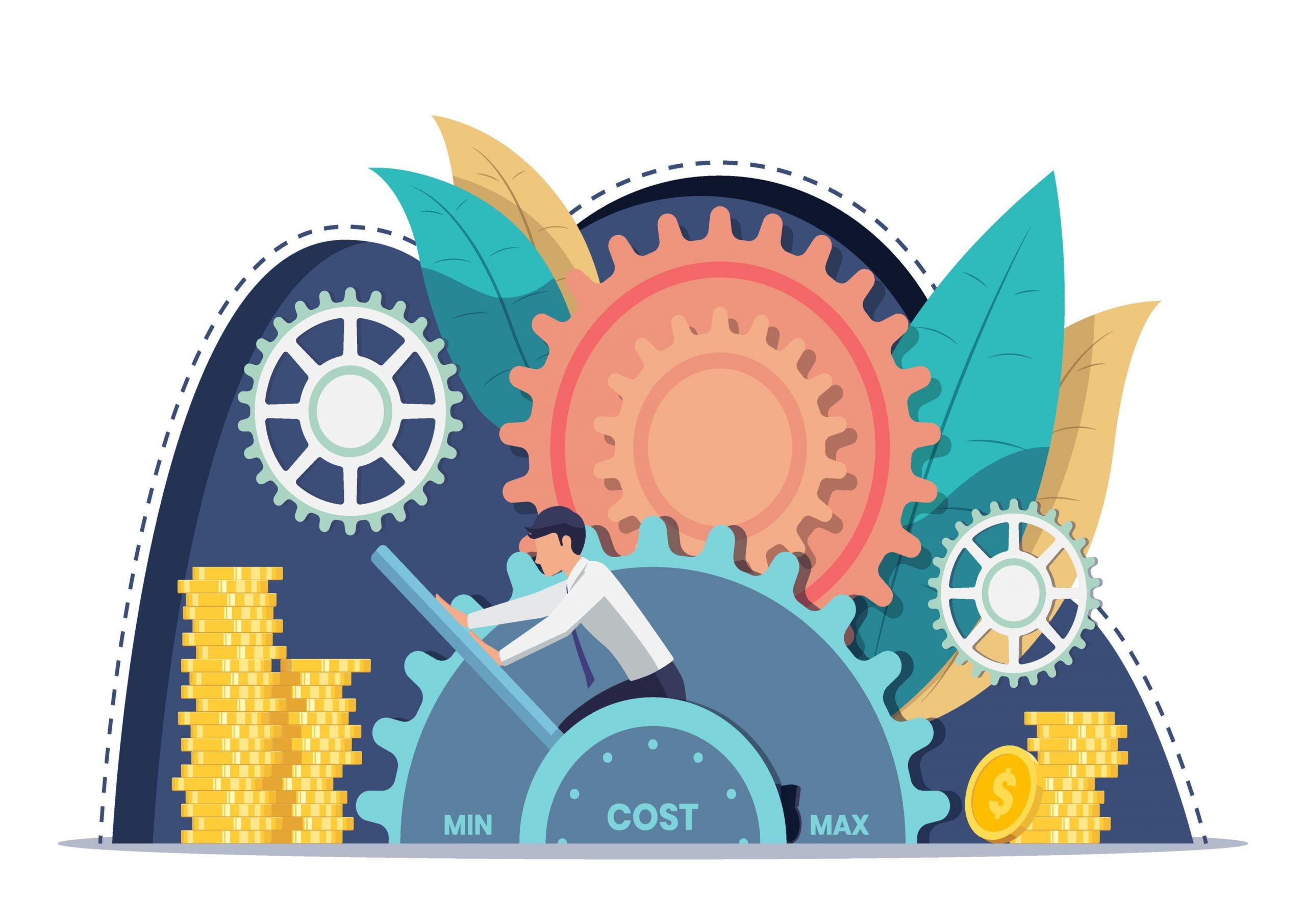
When it comes to cost management, both direct and indirect procurement are worlds apart. While both teams initially start by preparing a budget, the way it is done is totally different. The direct procurement teams mostly go with “should-cost analysis”. It is conducted by the buyer organization to determine the cost incurred by the supplier to develop and deliver the product.
Whereas, for indirect procurement, the “zero-based costing” method is used. It is calculated/allocated by reviewing the activity or expenditure at the beginning of each budget cycle and not based on the previous spending history. But for some cases like travel and human resources, previous budget history is considered since it is the easier way.
To understand the differentiation further, let us consider the same bonnet example. The first step in the development process is cost analysis, after which the RFQs are sent to potential suppliers. Once the buyers receive the quotes from the suppliers, negotiation happens based on certain factors. One among them is ensuring excess quantities are not purchased based on price breaks as it will impact the inventory carrying costs. Hence organizations need to find a middle ground between quantity and costs. The same negotiation process happens with multiple suppliers. Finally, one or more suppliers are chosen based on the need. And, if there is an increase in the price of a single component more than the estimated budget, then the cost impact will create a cascading effect on the whole BOM, thus affecting the whole project cost.
Hence, with several factors to be considered, cost management in direct procurement is much more complex than indirect procurement.
Inventory Management
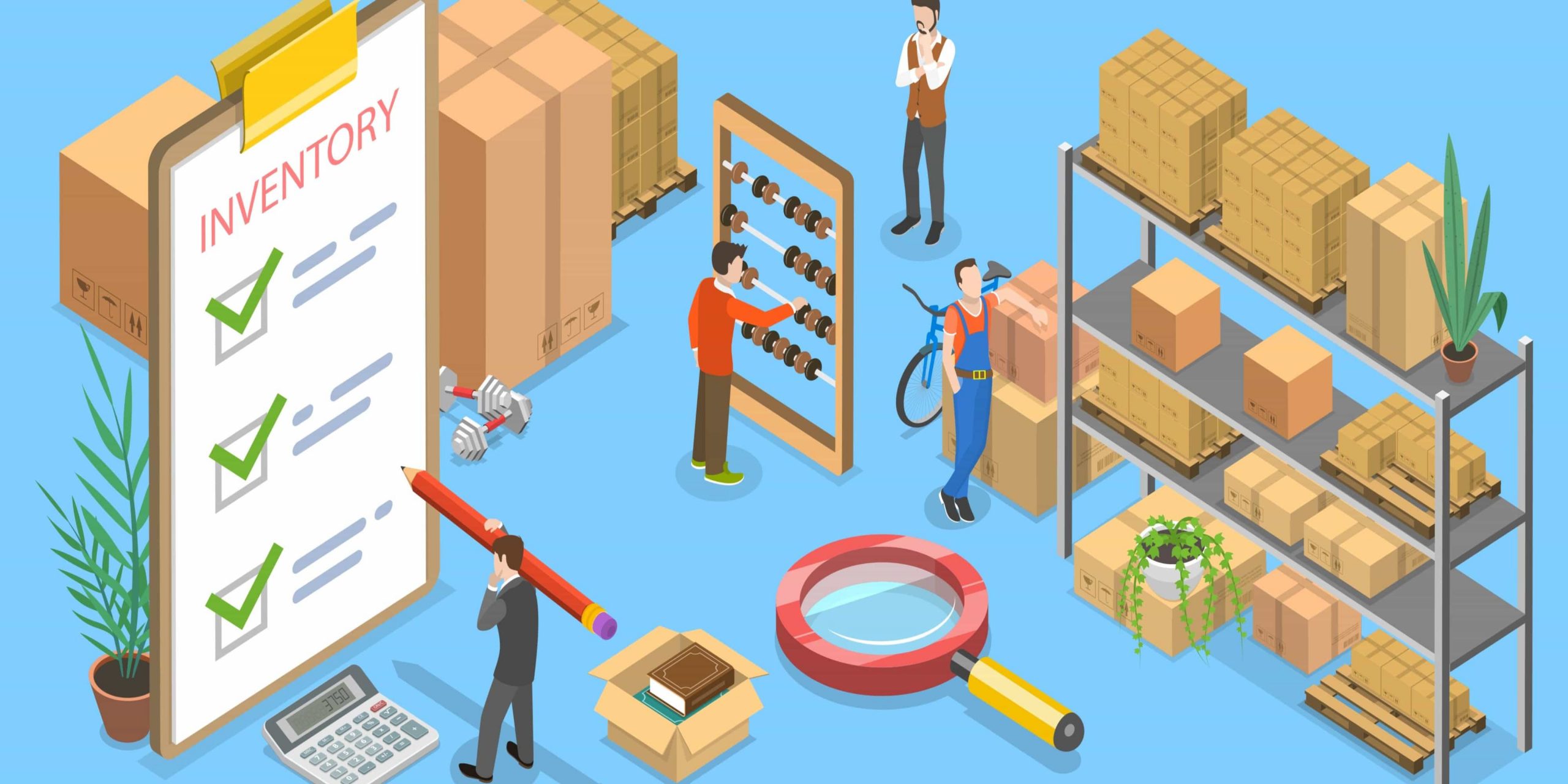
Managing inventory is a different ball game in direct procurement compared to indirect procurement. For instance, consider an automotive manufacturer who works with four semiconductor suppliers with each of them supplying 50,000 units per month. If the plant capacity is 70,000 units per month, the number of semiconductors required will be 70,000 or more depending on the BOM. And along with the BOM quantity, add the buffer/safety stock quantity also. A semiconductor is just a small component. But, when it comes to stocking components for the complete BOM the inventory quantity increases manifold. To put things in perspective, a typical midsize SUV may contain 2000 to 3000 components in the BOM. For seamless production, every component needs to be stocked on time without any delay.
Taking the same example, the tool management that falls under indirect procurement is straightforward.
-
- One, the tools are managed by the suppliers.
- Two, knowing the tool life, material finish, and the number of components to be delivered to the customer within a specific period is enough in most cases. This helps to determine the number of tools and types of machinery needed.
However, managing the tool inventory does not enable production directly. So is managing any other item in the indirect procurement.
Impact on the Bottom Line
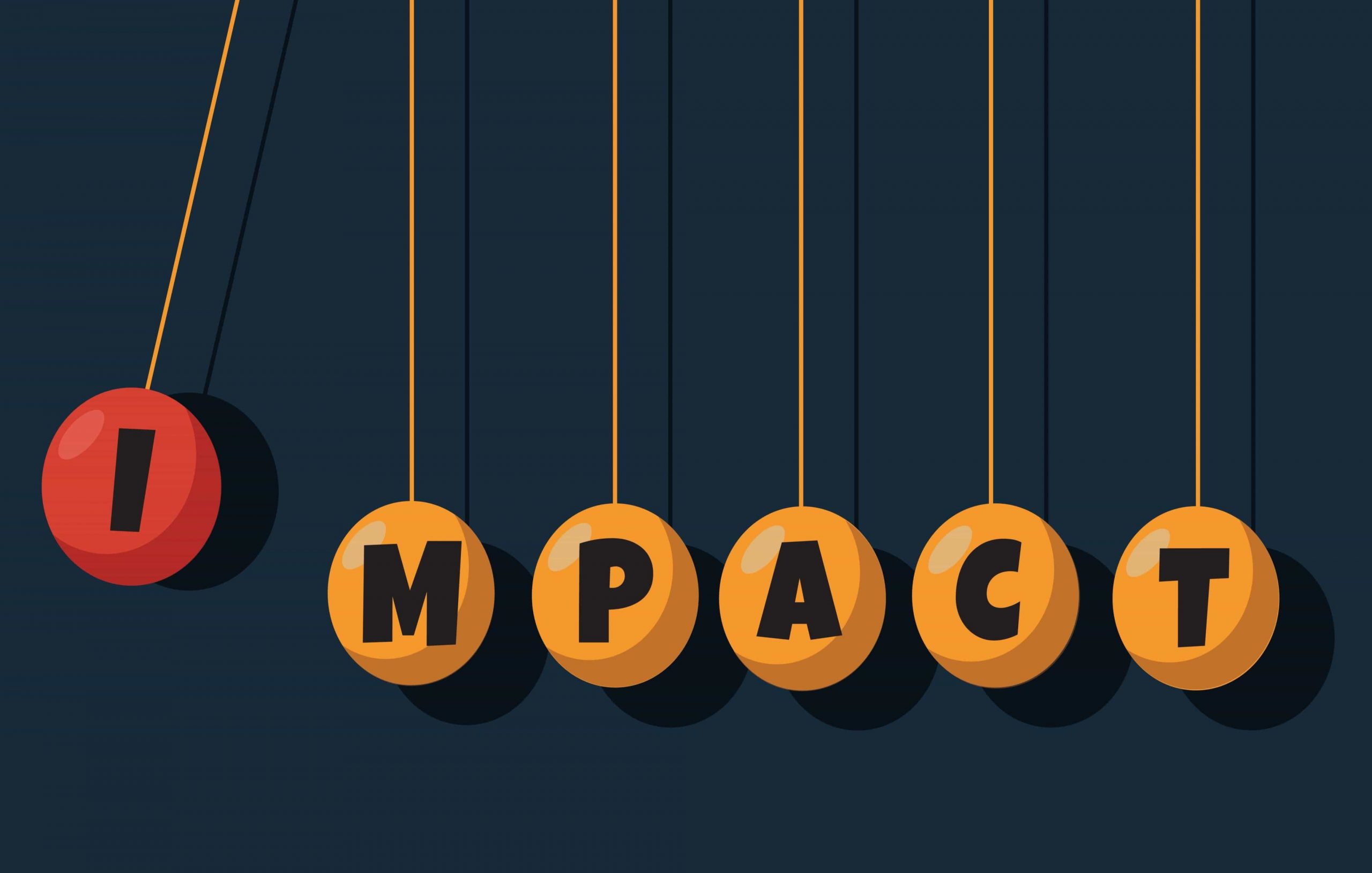
Having good control over direct procurement management has a huge impact on the bottom line. It starts with choosing the right suppliers based on the company strategy (strategic sourcing), cost negotiation, and arriving at the right cost. The next is the availability of the materials at the right time, place, and quality. Items arriving late, mishaps in the logistics, or damaged components, dent a huge blow to product delivery and ultimately sales and profit margins. The next factor is managing the inventory with minimal inventory carrying cost. Any increase in inventory carrying cost will also directly affect the bottom line.
Indirect procurement has an impact on the bottom line too. But not to the extent of direct procurement. Any indirect expenditure once finalized is sanctioned by the management. And, any changes or increases in the price are either approved or rejected based on the necessity of the requirement which does not directly impact the bottom line.
Direct Procurement Technology/Software
For direct procurement having the right procurement software is only the first step. And thanks to the disruptions over the past couple of years, product manufacturing companies are beginning to realize the need for direct procurement software. However, many direct procurement teams get constrained by unwieldy systems that are feature-rich but have non-intuitive user interfaces linked to their legacy ERP systems. And productivity and compliance are negatively impacted by such cumbersome processes.
When it comes to indirect procurement, it is a spend management software that gives an uncomplicated buying experience and a set process workflow. But, for direct procurement what is needed is software that’s developed to handle the depth and complexity of the direct procurement process
Complexity Involved in Direct and Indirect Procurement
Direct procurement is a complex and extensive process compared to indirect procurement. It requires stakeholders from across the enterprise/company to gather the data for sourcing and procurement. The data usually comes from the design teams who share the BOM after they finalize the design. Once data is available, companies decide whether to manufacture the item/part in-house or use the services of a supplier – Make or Buy decision making. Following the outsourcing of production, the buyers track the progress of the items and coordinate delivery. Each of these processes is repeated and requires competent management and strategy.
Indirect procurement is a simple spend management process that is performed for the efficient running of an enterprise. Unpredictability in the indirect procurement process is manageable and can be negated. While it is possible and easy for many people to relate to Business Spend Management, it is not easy for anyone outside the product manufacturing enterprise to understand the complexities, decision making, and tools involved in direct procurement.

Use Zumen for Procurement
Understanding the differences between direct and indirect procurement processes helps in strategizing and allocating resources. It also helps in mitigating the challenges faced during the procurement lifecycle.
Managing direct procurement is no child’s play. Product manufacturing companies need competent and user-intuitive procurement software to handle the breadth and depth of direct procurement.
While it is imperative to spend time and effort managing direct procurement processes, a successful business will also consider its indirect procurement processes and adopt user-friendly procurement software technologies.
Zumen’s Source-to-contract software is built to handle the complexities of direct procurement with a simplified user-intuitive workflow and at the same time handle indirect procurement with ease. To know more about how Zumen does it, schedule a free demo or reach out to [email protected].













 What is Indirect Procurement?
What is Indirect Procurement?